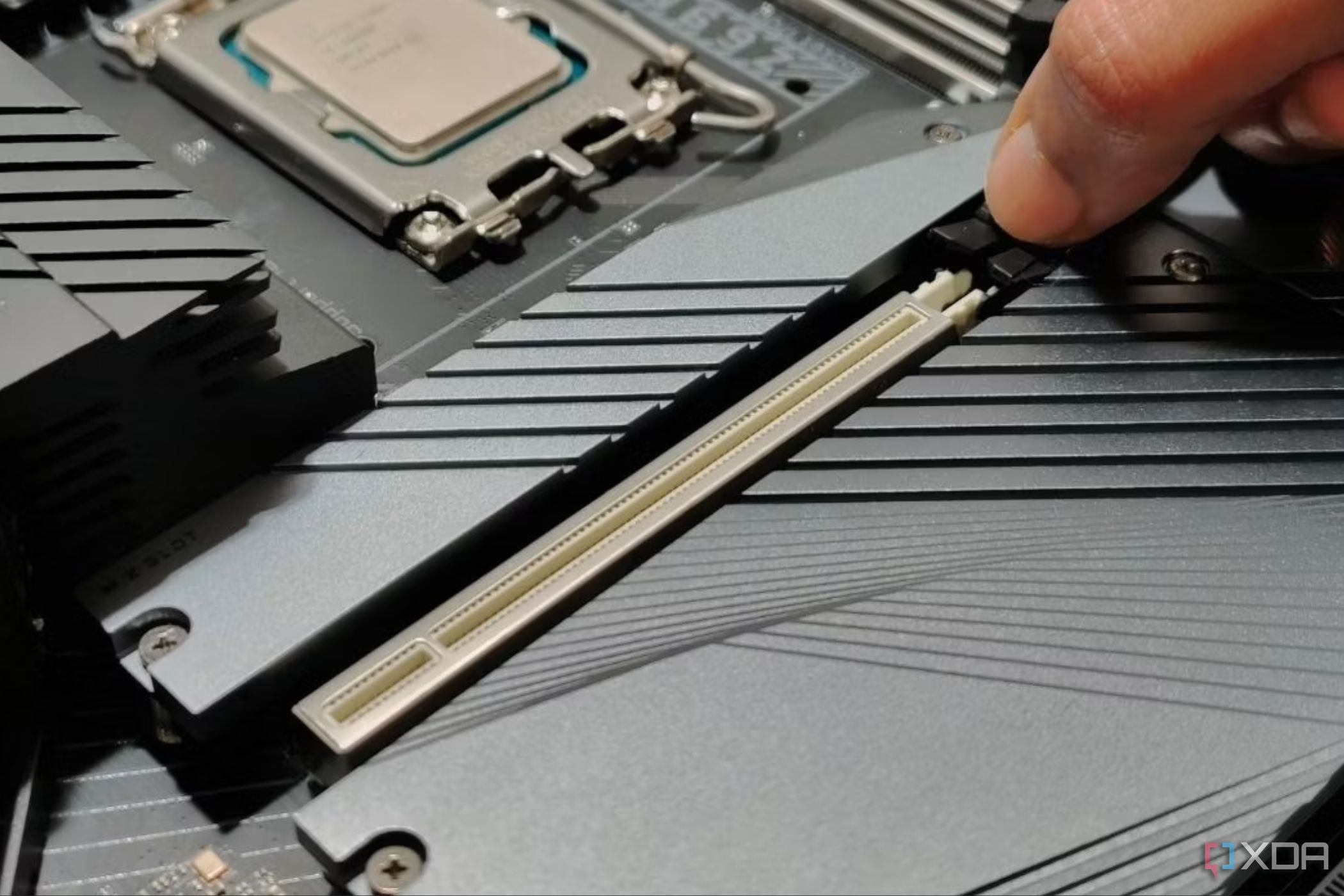When selecting a motherboard for your next PC build, understanding the implications of PCIe lanes is crucial. The number of lanes supported by the motherboard affects how well components like graphics cards and NVMe SSDs will perform. Yet, with modern platforms from AMD and Intel, such as the Ryzen 9000 and Arrow Lake, the focus on PCIe lane count may not be as critical as it once was.
Modern demands dictate a different approach. Most users only require sufficient PCIe lanes for a single graphics card and a fast NVMe SSD. This is reflected in the designs of contemporary motherboards, which typically allocate PCIe lanes in a manner that accommodates the average computing needs. While RAID setups can enhance storage performance by using multiple drives, the significant speeds of NVMe SSDs often suffice for everyday tasks, making extensive lane configurations unnecessary for most users.
Evaluating PCIe Lane Distribution
The distribution of PCIe lanes is a complex aspect of motherboard design. Each motherboard features a block diagram that outlines how the PCIe lanes are allocated. On Intel’s Z890 chipset, for example, there are up to 24 PCIe lanes, divided among multiple root ports. Enabling features like Gigabit Ethernet can reduce the number of available root ports, thus impacting overall lane availability for other devices.
It’s important to note that not all PCIe slots are created equal. While full-length PCIe slots typically support 16 lanes, some may only be electrically configured for 8 or 4 lanes. M.2 slots for NVMe SSDs generally support 4 lanes on current platforms, but earlier iterations may have only offered 2. This variability means that users should carefully check the specifications of their selected motherboard to ensure it meets their performance needs.
The Shift from Multi-GPU Setups
Historically, having a large number of PCIe lanes was essential for users looking to run multiple graphics cards simultaneously. However, both Nvidia and AMD have phased out support for multi-GPU configurations on consumer platforms. While there may still be some use cases in artificial intelligence tasks, these typically require high-end desktop (HEDT) systems, such as Threadripper, which provide ample PCIe lanes and slots for optimal performance.
For most users, especially those utilizing various generations of hardware and PCIe versions, the differences in everyday use are minimal. Unless running specific benchmarks, many find little variation in performance from their selected components. Therefore, understanding how a motherboard and CPU allocate PCIe lanes becomes more crucial than merely counting the total number available.
In conclusion, while PCIe lane count remains an important specification, the practical implications for average users are often overstated. By focusing on individual needs and recognizing the configuration capabilities of modern motherboards, users can make informed decisions without unnecessary stress.





































































